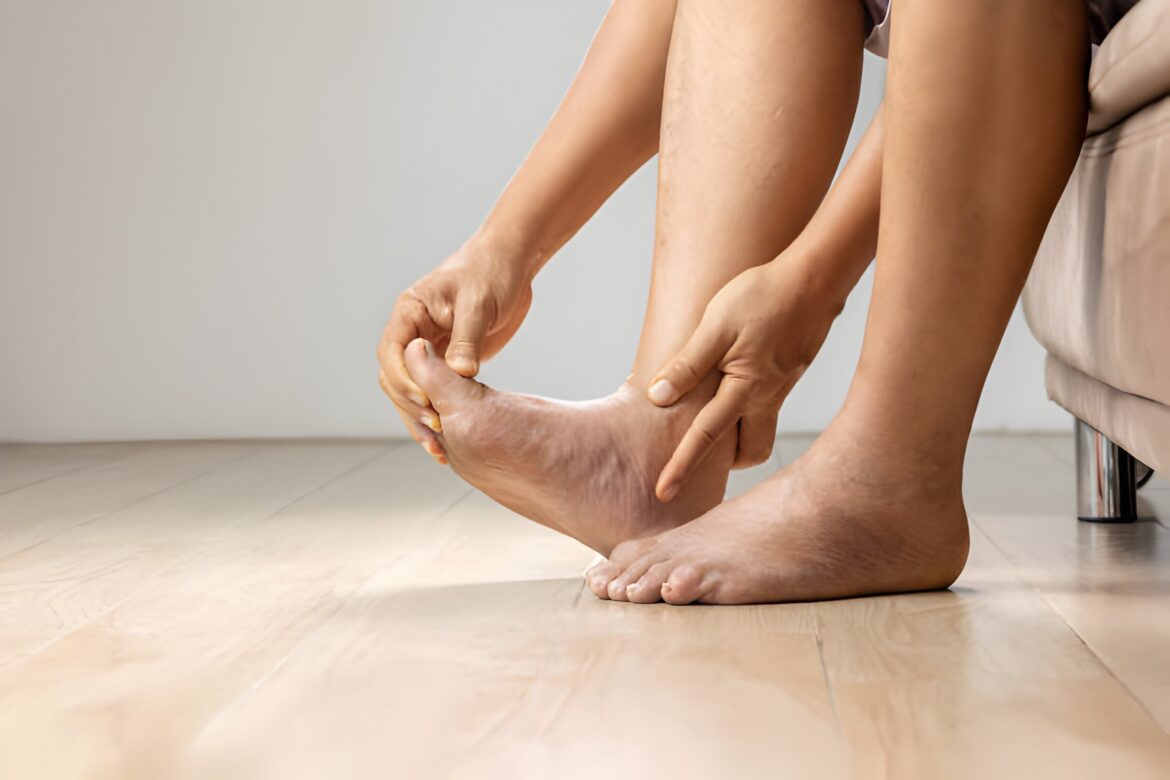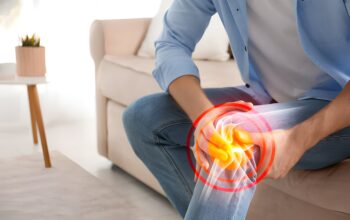Your Shoes
High Heels and Footwear Caution High heels can increase pressure on the balls of your feet, potentially thinning the natural padding you need. To avoid discomfort, opt for heels no higher than 2 1/4 inches for extensive walking. Similarly, flip-flops and shoes with overly pointed toes or excessive flexibility may also cause foot pain. Ensure proper fit and support by choosing shoes appropriate for your activities.
Arthritis
Various Forms Affecting the Feet Several types of arthritis can impact foot health. Osteoarthritis, the most prevalent, involves the breakdown of cartilage, leading to bone friction. Gout results from uric acid crystal accumulation in the big toe, causing pain and swelling. Autoimmune conditions like rheumatoid arthritis and lupus attack foot and ankle joints, leading to inflammation.
Bunion
Progressive Bone Misalignment Also known as hallux valgus, bunions are painful bony bumps that form at the base of the big toe. They develop as the big toe pushes inward over time and are often hereditary. Tight, narrow footwear, especially high heels, can exacerbate the issue. Treatments include ice, special pads, and roomier shoes, with surgery as an option for severe cases.
Bursitis
Inflammation from Motion or Friction Bursitis occurs when repetitive motion or shoe friction inflames the bursae, fluid-filled sacs that cushion joints. Common in toes and heels, it can cause redness, swelling, and pain. Treatment options include ice, padding, over-the-counter pain relievers, and possibly corticosteroid injections or surgery for severe cases.
Plantar Fasciitis
A Common Source of Heel Pain This condition affects the ligament connecting the front and back of your foot, which supports the arch. Causes can include high arches, tight calves, or repetitive impact activities. Symptoms typically improve with proper foot care and avoiding strenuous activities.
Stress Fracture
Risks from High-Impact Sports Frequent high-impact activities can cause small cracks in the metatarsals, the long bones below your toes. Symptoms include swelling and pain during activity. It’s crucial to rest for 6-8 weeks to allow healing and avoid more serious damage.
Sprains and Strains
Common Foot Injuries Sprains involve damage to ligaments, while strains affect tendons. These injuries can occur from falls, impacts, or twisting motions and are common in the ankle and foot. Initial treatment includes RICE—rest, ice, compression, elevation. Persistent pain after two weeks should be evaluated by a doctor.
Broken Bone
Fracture Rispons in the Foot The foot’s many small bones are susceptible to fractures from falls, accidents, or sports. Symptoms include pain, swelling, bruising, and deformity at the injury site. Treatment typically involves realignment and immobilization with a cast, and severe breaks may require surgery.
Morton’s Neuroma
Nerve Tissue Thickening in the Foot This condition can cause pain or a feeling of walking on an object, typically between the third and fourth toes. It’s more common in women, often due to narrow, high-heeled shoes. Treatments include rest, ice, padding, and pain relievers, with surgery as a last resort.
Achilles Problems
Tendon Issues from Repetitive Use Inflammation or tears in the Achilles tendon can result from repetitive activities or injuries like jumps or falls. Symptoms include a popping sound followed by sharp pain and swelling. Treatment generally involves rest, ice, and possibly surgery for severe injuries.
Plantar Warts
Viral Infections on the Foot Caused by the human papilloma virus, plantar warts typically develop on pressure points like the heel. They may resolve on their own, but persistent warts can be treated with over-the-counter remedies or medical intervention.
Peripheral Neuropathy
Nerve Damage Leading to Pain and Numbness This condition, often related to diabetes, chemotherapy, or autoimmune diseases, causes numbness, tingling, and pain in the feet. Managing underlying conditions and maintaining foot health are crucial for symptom control.
Tarsal Tunnel Syndrome
Compression of the Tibial Nerve This syndrome results from pressure on the tibial nerve, leading to pain, numbness, and tingling in the foot. Causes can include injury, arthritis, or bone spurs. Treatment focuses on relieving nerve pressure.
Raynaud’s Phenomenon
Blood Flow Disruption Caused by Cold or Stress This condition affects blood flow to the extremities, causing numbness, tingling, and color changes in the toes during cold exposure or stress. Medication can help manage symptoms and prevent tissue damage.







